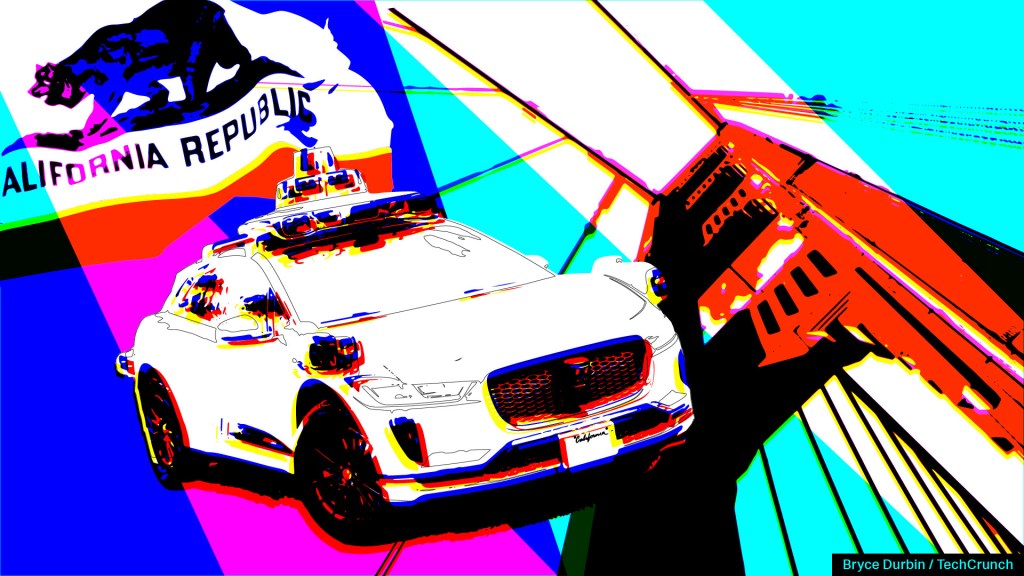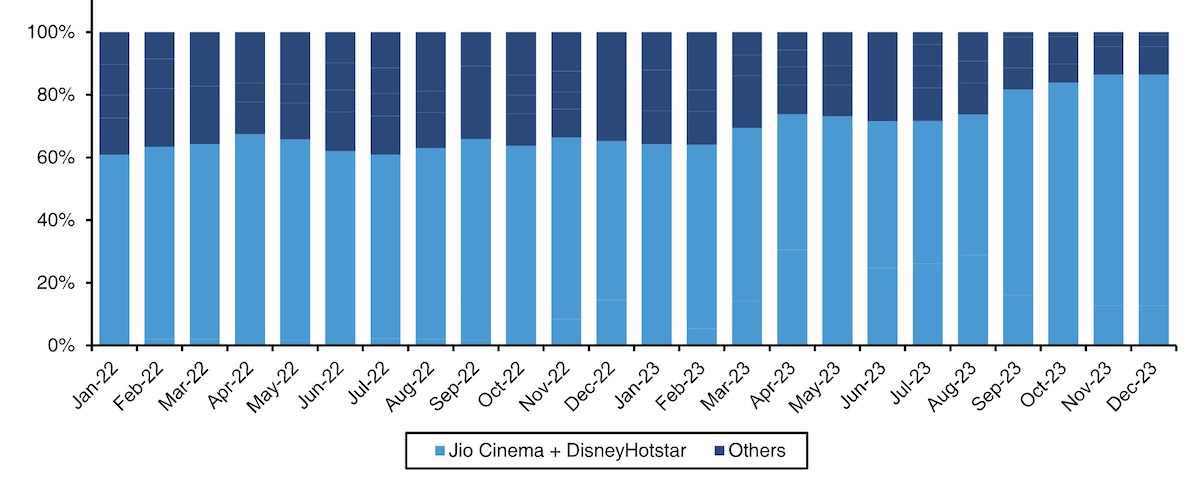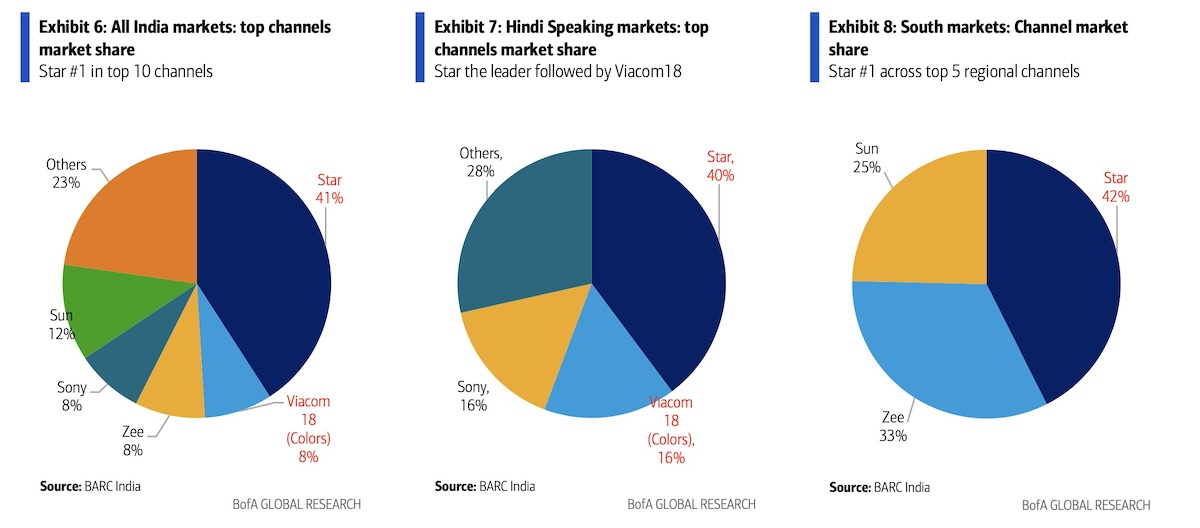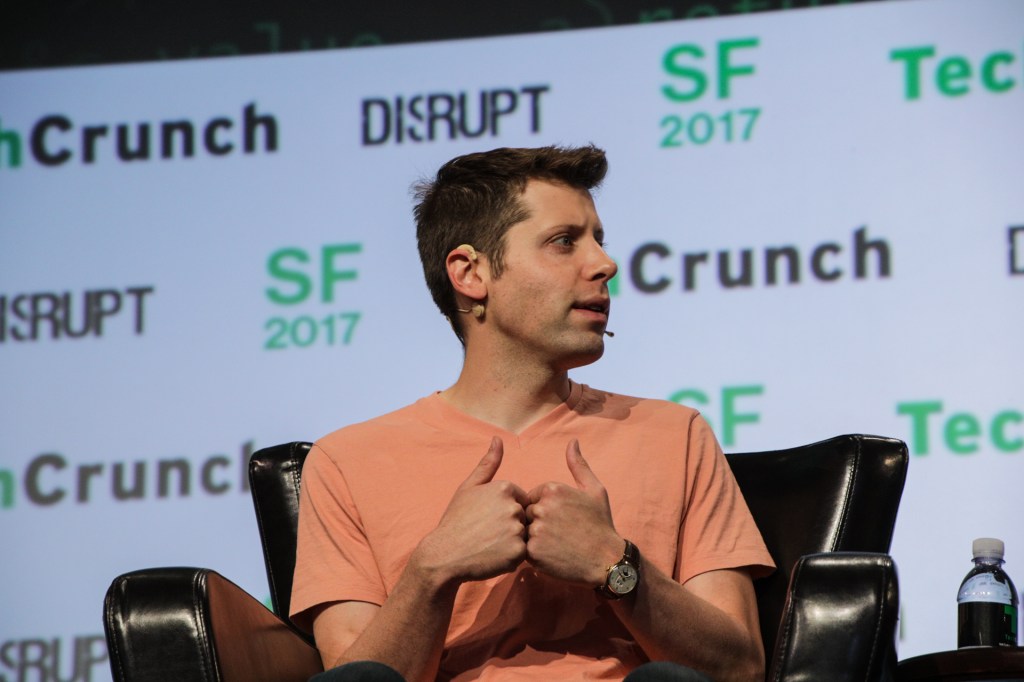 Image Credits: Bryce Durbin
Image Credits: Bryce Durbin
Cities around the country have long been crying out for more control over how autonomous vehicles are deployed on their streets. In California, they might finally get their wish.
A handful of AV-related bills, which made progress this month in their long journey through the state legislature, could put more restrictions on companies like Cruise, Motional, Waymo and Zoox.
One bill, SB 915, stands out because it could give cities more power to set their own rules around robotaxis — things like hours of operation and appropriate pickup and drop-off locations. The bill, which passed the Senate Transportation Committee this week, is one of several laws that have been introduced in California this year dedicated to putting guardrails on the pioneer technology.
The stakes are high for just about everyone.
California, which is the fifth-largest economy in the world, must thread the regulatory needle to protect its residents without losing the kind of next-generation companies that have helped turn the state into a hub of tech talent. Waymo and Cruise, both of which are headquartered in California, risk more red tape that could hinder expansion — a key factor to achieving profitability. City officials, and the people they represent, are fighting for a say in how this all plays out.
Harsher rules could influence other states to take similar measures — a path that played out with California’s rules on vehicle emissions standards. It could have a counter-effect as well.
“To go city by city and make your case when you have like 500 cities in California all applying slightly different standards, it’s really hard to understand why companies would subject themselves to that, especially when you have a lot of states on the other end that are also large population centers,” Jeff Farrah, CEO of advocacy group Autonomous Vehicle Industry Association (AVIA), told TechCrunch. “And they’re saying, ‘Hey, we want you to come. We think AVs can solve a lot of problems.’”
It is still early days for the handful of AV bills, all of which must go through a lengthy legislative process and could be vetoed by Governor Gavin Newsom. Here’s an explainer of the bills, where they are in the process, and what it might mean for companies and the public.
SB 915 — Giving local governments more power over AVs
Author/co-author: State senator Dave Cortese (D) | Assembly member Freddie Rodriguez (D)
Sponsors: California Teamsters and the California League of Cities.
Cortese introduced SB 915 on April 17. The bill passed the Senate Transportation Committee on April 23. It will go on to the Appropriations Committee and, if passed, will make it to the Senate floor.
What is SB 915?
“The bill allows governments to weigh in on the operations of autonomous vehicle services, or AVs, in their communities,” Senator Cortese, whose District 15 includes much of Silicon Valley, said last week when introducing the bill. “Currently AV operations are approved or denied at the state level by the [Department of Motor Vehicles] or the [Public Utilities Commission]. Though they hold proceedings to gather public input, there’s no guarantee that the state will consider local concerns.”
Under SB 915, when a state agency like the DMV or the CPUC approves AV operations, local governments would be able to pass ordinances to regulate the vehicles within their jurisdictions.
For instance, cities would have the power to regulate hours of operation or how many vehicles could be on the road at any given time. Cities would be able to create their own, separate permitting processes and penalties for AVs that break local traffic laws. They would also be able to form coalitions with other local governments to collaboratively regulate services.
Important to note: The bill’s language stipulates that if a local government doesn’t get around to creating ordinances (because many local departments are understaffed and overworked), the default guidelines fall back to whatever the state has approved.
SB 915 would also require all AV commercial passenger service companies to be compliant with disability access laws, provide an override system for emergency responders and train emergency responders on how to manually override the vehicles.
A patchwork of regulations
Those against SB 915, which include the lobbying group Autonomous Vehicle Industry Association (AVIA), various Chambers of Commerce, and other tech and business industry groups, expressed concern that creating such a patchwork of local regulations would make compliance challenging for companies and restrict innovation.
“Cities are very limited in terms of the types of things they can be involved with, things like speed limits and local law enforcement,” said Farrah. “And so for human-driven vehicles, there has not been a very strong role for cities in terms of regulation. And that’s something we think should be applied in the autonomous vehicle world. It’s not clear to me at all why it is that autonomous vehicles would be singled out for this type of action.”
Speaking to TechCrunch in a phone interview, Cortese challenged the argument:
This is the culture and system we have now for vehicles in this state in terms of vehicle regulation, so I feel like, if this was sitting on my Apple home screen, we just drag AVs into the current scheme. The CPUC is going to continue to regulate your rates. The DMV does your overarching permitting and registration. And then local governments are gonna do the more finessed thing that they do and let you know where to drop people off and pick people up at the airport, let you know where there are safe routes to schools and if there are certain loading zones that are not okay for AVs.
There is already precedent for this kind of regulation.
Cities and towns already have the ability to set their own regulations on many transportation-related issues, such as the operation of vehicles for hire, a category that robotaxis certainly fall under, according to the California Vehicle Code. Cities can also regulate traffic at construction sites, move vehicles parked in fire lanes and establish maximum speed limits.
“And [local governments] meet every week,” said Cortese. “This is the part about industry resistance I haven’t fully wrapped my mind around. As a business person myself, I’d rather have the nimbleness of local government to deal with on these nuts-and-bolts issues than the state of California, this massive bureaucratic, bicameral system that only comes out once a year.”
Cortese said he understands industry concerns that giving localities more power would threaten the ability of AVs to operate there. However, he noted that the bill doesn’t give cities the right to ban driverless vehicles.
“On a fundamental basis, what we’re trying to communicate to elected officials — who are put there by the people — is that we should not outsource the decisions on how AI technology is deployed, including autonomous vehicles, to the very corporations that are creating that technology because those people are going to achieve the benefits,” Peter Finn, Western Region VP of the International Brotherhood of Teamsters, told TechCrunch in a phone interview. “If we put all the decision-making in the hands of corporations, they’re going to try to maximize shareholder value.”
To Finn’s point, the AVIA recently published its TRUST principles, an industry standard for how AV companies should safely expand operations in communities in the U.S., including recommendations on transparency, engagement with communities, cybersecurity and privacy standards, and more. The principles act both as guidelines to companies and as a statement to governments that the AV industry is perfectly capable of regulating itself, thank you very much.
The rest of California’s autonomous vehicle pipeline
AB 2286 is a revival of AB 316, the bill that would require human safety operators to be in the driver’s seat of autonomous heavy-duty vehicles. In November 2023, Gov. Newsom vetoed the bill despite overwhelming support for it, which is why Assembly members Cecilia Aguiar-Curry (D), Laura Friedman (D) and Ash Kalra (D) reintroduced it in February.
The revived bill passed the Senate Committee on Transportation on April 15 and has been re-referred to the Committee on Communications and Conveyance.
The Committee on Transportation voted April 22 to progress AB 1777, which would amend the current vehicle code as it relates to AVs. The bill, which Assembly member Phil Ting (D) introduced in January, asks the manufacturer to certify that the AV can respond to and comply with defined geofencing protocols. It also requires the manufacturer to clearly display a working phone number on the AV that is monitored at all times to enable communication between the companies and law enforcement, emergency responders and traffic control officers.
AB 1777, like SB 915, also opens the door to fining AV manufacturers if a vehicle operating without a human driver commits an infraction.
Farrah told TechCrunch that the AV industry never assumed that self-driving commercial cars would be exempt from ticketing for traffic violations. He pointed out that most other states with AV regulation, excluding California, assume the vehicle manufacturer is the driver, and therefore liable, when no human driver is present.
AB 1777 would also require AV manufacturers to compile and submit quarterly reports to the DMV summarizing the activity of their vehicles. If manufacturers fail to do this, the bill authorizes the DMV to either fully suspend or revoke a testing permit, or else incrementally enforce measures that limit where vehicles can operate, how fast, under which weather conditions and more.
The last bill making its way through California’s legislature is AB 3061, which would require AV manufacturers to provide more robust reporting to the DMV by July 31, 2025. Today, AV companies must report collisions to the DMV and the National Highway Traffic Safety Administration, but this bill would make them report traffic violations and disengagements, as well as any incident of discrimination or barrier to access for a passenger with a disability.
Manufacturers would need to submit detailed reports at the time of any incident, as well as regular reports that include vehicle miles traveled, unplanned stops and wheelchair-accessible services.
AB 3061 would also require the DMV, as well as other agencies like the CPUC and the Department of California Highway Patrol, to create and publish regular AV incident forms and reports that would be available to the public. If companies fail to adhere to reporting provisions, the DMV would have the authority to impose fines or suspend or revoke permits. Members of the public with direct evidence of an incident would also be given a path to submit AV incident reports.
Correction: A quote from Jeff Farrah has been updated to make clear that he doesn’t think it’s clear why AVs would be singled out for increased regulation.





